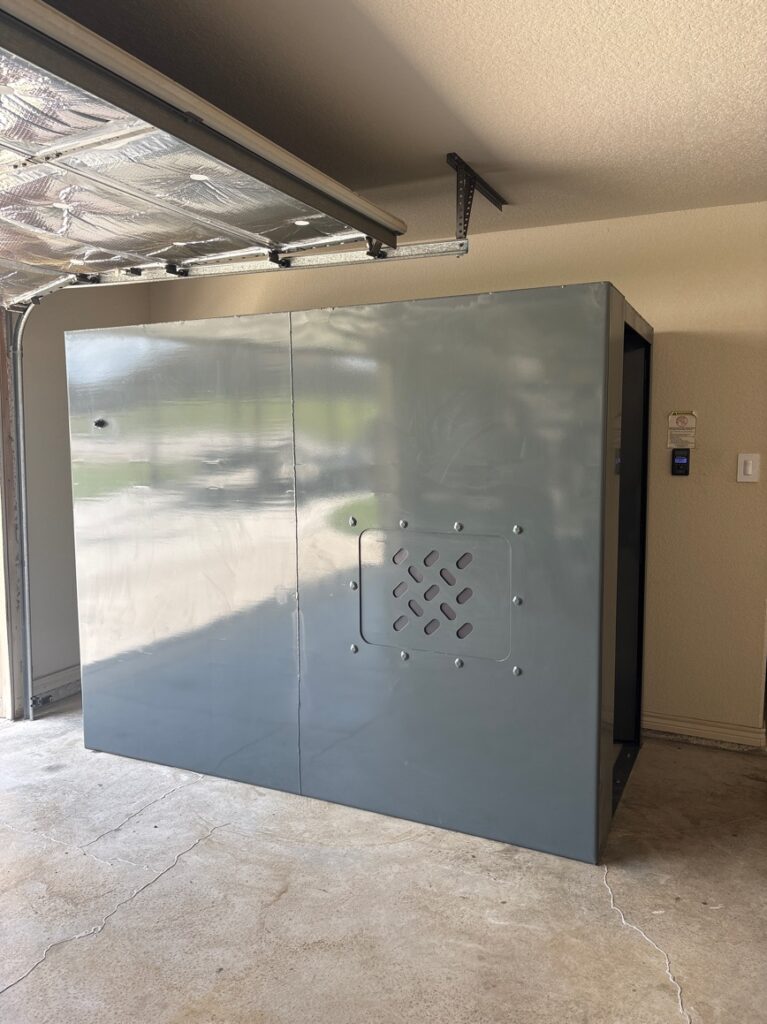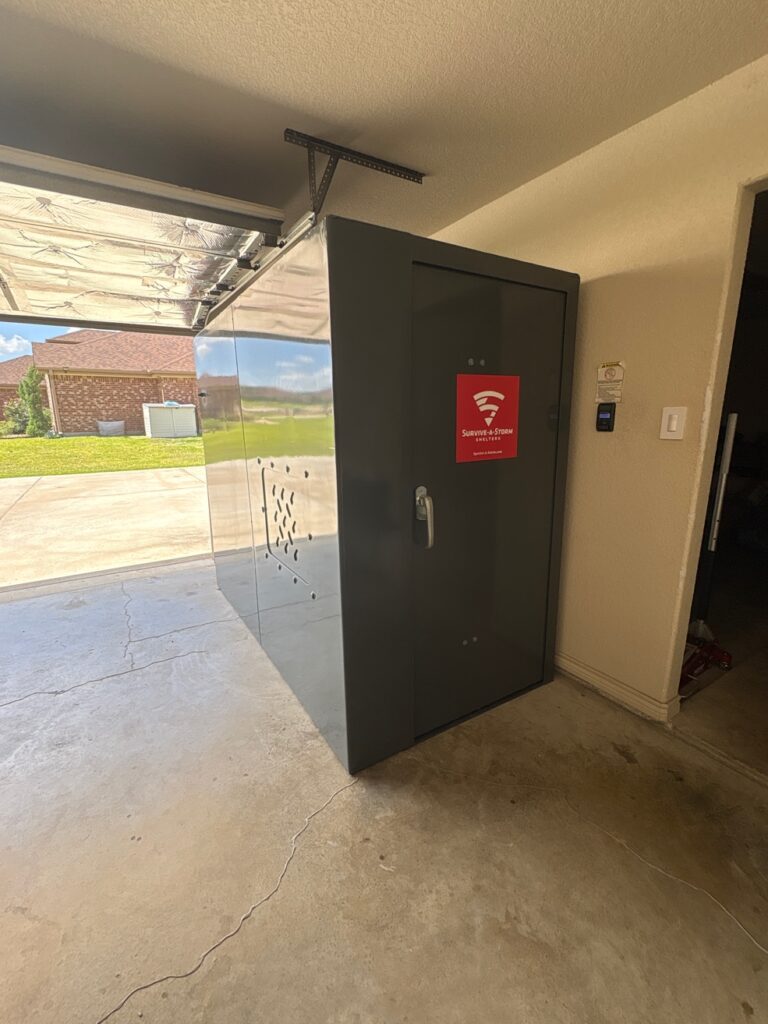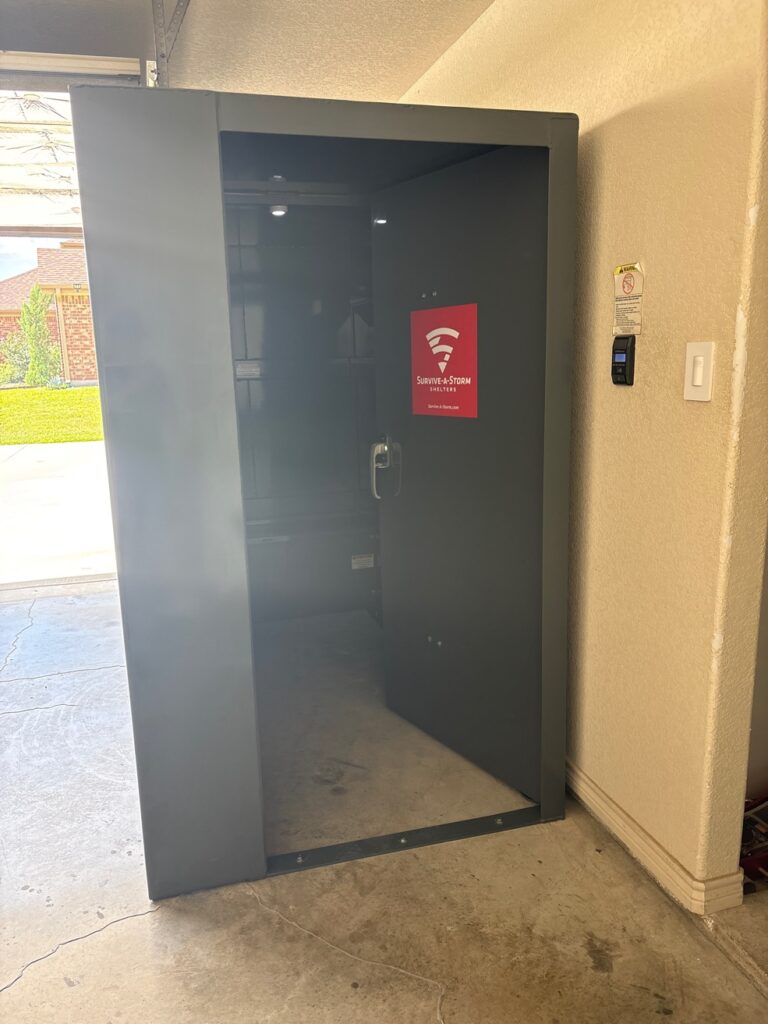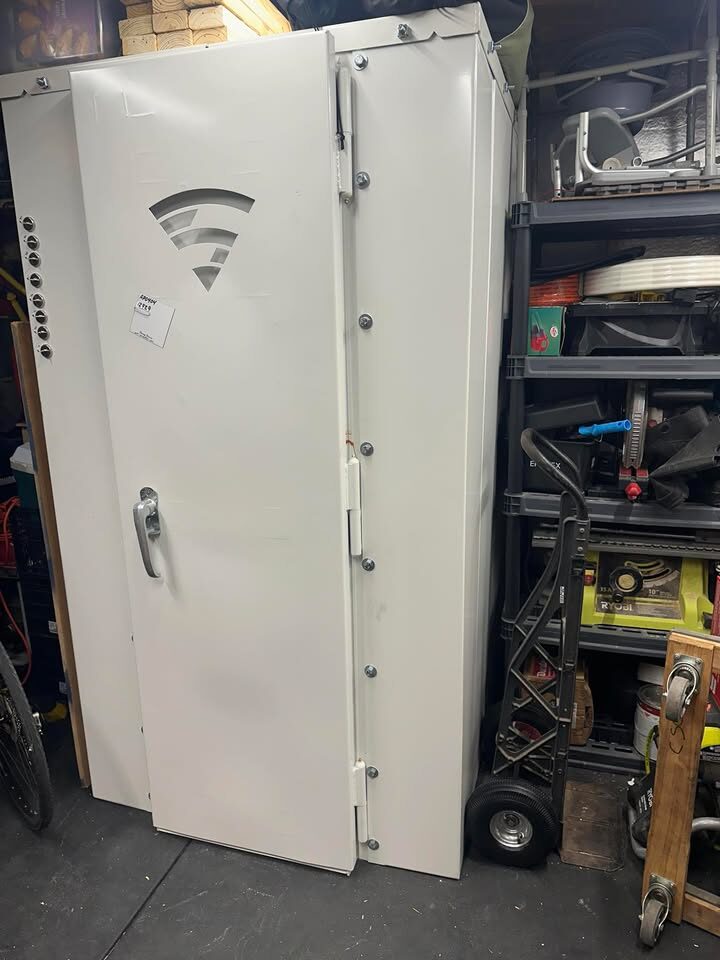CATEGORIES:
The Step Many Parents Miss When Preparing for Tornado Season
August 7, 2025
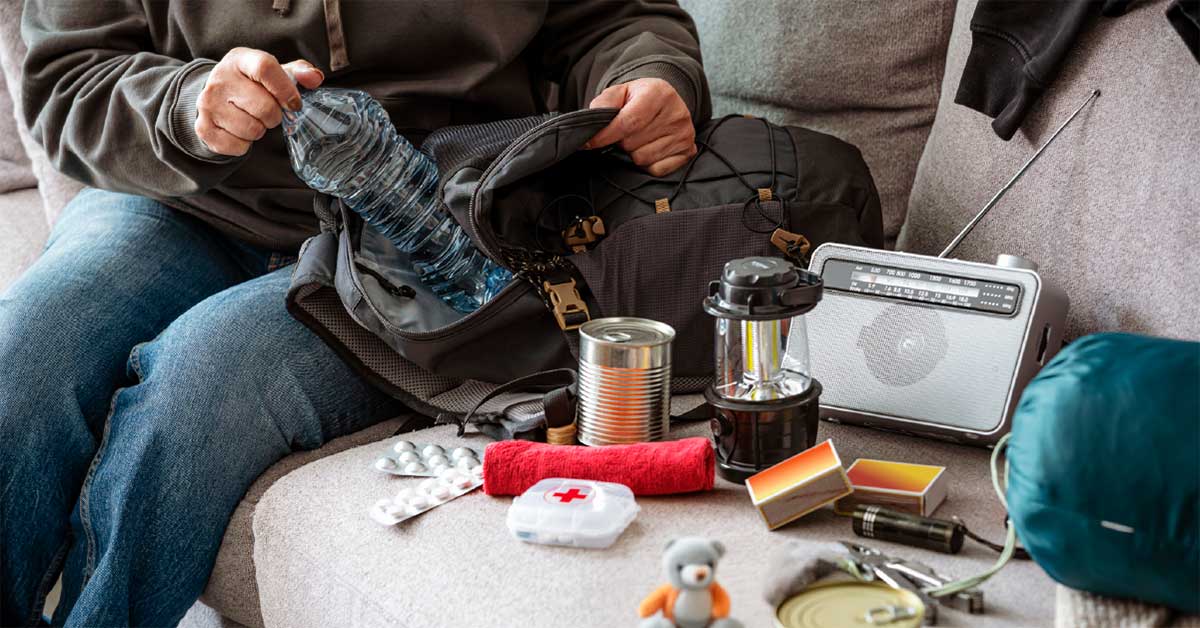
Why Most Parents Aren’t Ready for Tornado Season
If you’re a parent, you’ve likely done some storm prep. You’ve gathered flashlights, stocked bottled water, maybe even stashed a few granola bars. That’s a good start, but is it enough?
According to FEMA’s 2020 preparedness survey, 81% of Americans say they’ve gathered emergency supplies, and 65% have sought preparedness information. But here’s the problem: only 48% have created an actual emergency plan.
And even fewer have practiced it with their children. That’s a huge gap and it matters more than more people realize.
The truth is, most parents think they’re ready, until the moment the sirens go off and they realize their kids don’t know what to do.
The Critical Step That Parents Forget During Tornado Season
Parents go to great lengths to protect their kids, from baby-proofing cabinets to researching the safest car seats. But when it comes to tornadoes, one critical step gets overlooked far too often:
Teaching your children what to do when a tornado hits.
The CDC and American Red Cross both stress the importance of child-specific tornado rehearsals and communication plans.
Here’s what kids should know:
- The difference between a watch and a warning.
- The location of the safest place in the home.
- How to move quickly and calmly to shelter.
- What to expect once the storm begins.
“Regular family drills and involving kids in planning reduces panic and confusion during a real tornado.”
— American Red Cross
Other Details Parents Can Think About When Preparing for Tornado Season
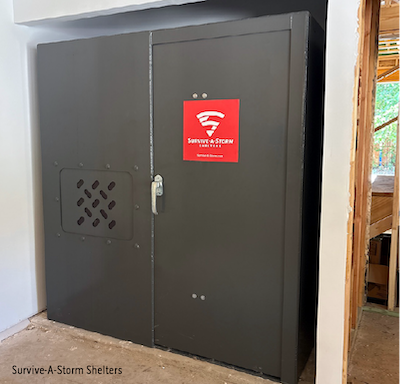 As parent, there are also a few things to have on hand or in mind as you prepare for tornado season. (First, when is tornado season is for your area?) These essentials not only support your emergency plan, they will help create a safer, calmer environment when every second counts. Let's start here:
As parent, there are also a few things to have on hand or in mind as you prepare for tornado season. (First, when is tornado season is for your area?) These essentials not only support your emergency plan, they will help create a safer, calmer environment when every second counts. Let's start here:
NOAA Weather Radio + Backup Power
Every home should have a NOAA Weather Radio with fresh batteries. This is your direct line to National Weather Service warnings when power or cell networks fail. Place it on the main floor near where the family gathers so adults and kids can hear alerts clearly. It's your best early warning system during thunderstorms, hail, or high winds.
Family Tornado Safety Kit in a Sealed Container
Pack a waterproof container with storm essentials: medications, first aid, flashlights, extra batteries, non-perishable food, and comfort items (a blanket, small toys). Include copies of IDs, emergency contact numbers, and a way to charge devices. Keep it in or near your safe room, interior room, or storm cellar.
Designated Safe Shelter Space
Every family needs a designated safe room or shelter. In a house, this should be a windowless interior room on the lowest level, with reinforced walls, such as a storm cellar or closet under the stairs. Mobile homes and buildings without proper shelters should have a nearby community shelter or secure building identified in advance. Know your safest place before the storms start.
Tornado Plan for People and Pets
What we're focusing on in the article is kids, but it's also important to make sure everyone: kids, adults, pets, and even friends staying over, knows the tornado plan. Keep pet carriers or leashes near the shelter. If you're driving during a warning, avoid roadways, seek low ground, and stay away from power lines and trees.
Clear Communication and Local Awareness
Know your state’s tornado warning system, and follow official guidance, especially during a watch area alert. If you live in a high-risk area or near mobile homes, connect with local government or community services for emergency assistance or shelter equipment. Always be ready to act fast when danger is near.
What Happens When Kids Are Not Prepared
Kids who haven’t practiced may freeze or panic. They might run to the wrong area or become too overwhelmed to follow instructions. And even after the storm, the trauma can linger.
As one parent shared:
“I thought we were ready. I had the kit, the flashlights, everything. But when the tornado came, my kids looked at me in panic. They didn’t know where to go. We all scrambled. That night changed how I think about being ‘prepared.’”
That moment of panic, when the realization you forgot to prepare them hits, is unforgettable.
This parent’s story is not uncommon, and it speaks to the emotional toll of being caught off guard. It’s not just the storm that creates trauma; it’s the feeling of unpreparedness.
You don’t have to experience that. Here’s how to change direction.
A Child-Centered Tornado Prep Action Plan
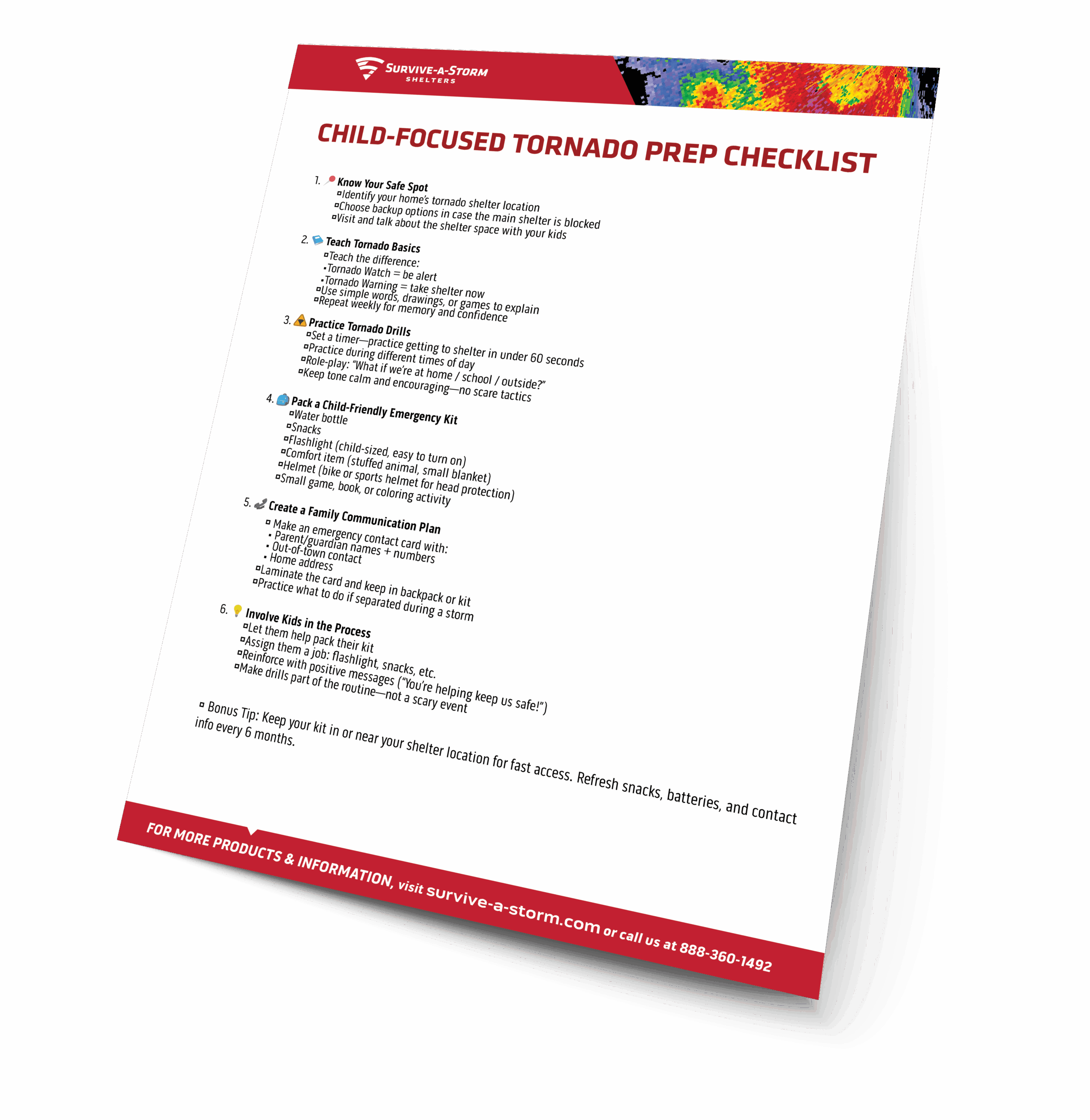 Here’s a simple, practical plan that parents can build around their children:
Here’s a simple, practical plan that parents can build around their children:
Create a Written Tornado Emergency Plan
- Include safe shelter locations: if not an actual tornado shelter, a basement, interior bathroom, or closet.
- Identify backups if the primary shelter is inaccessible.
Teach the Basics of Storm Safety
- Tornado watch = be alert
- Tornado warning = take shelter immediately
- Practice this vocabulary with repetition and games.
Hold Family Tornado Drills
- Practice moving to shelter in under 60 seconds
- Use a timer to make it feel real, but not scary.
Build a Child-Friendly Emergency Kit
- Include snacks, water, a flashlight, games, a comfort toy, and a bike helmet to protect against debris.
- Let kids help choose the items included, so they feel a sense of ownership in their safety.
Create a Kid-Appropriate Communication Plan
- Use a laminated “emergency card” with contact info
- Practice how they’d use it if separated from you.
✅ Get our downloadable “Child-Focused Tornado Prep Checklist”
Bonus: Tips for Involving Kids Without Scaring Them
It’s possible to teach safety without sparking fear. Try this:
- Use calm, age-appropriate language: “Just like animals find safe spots, we do too.”
- Assign them small jobs: “You’re in charge of the flashlight.”
- Normalize the drill: Practice regularly but make it routine, not dramatic.
- Limit exposure to scary news, especially footage from disasters.
- Model calmness: Your tone becomes an emotional cue.
Good Parents Prepare; Great Parents Rethink
Having supplies isn’t enough. And just telling kids what to do isn’t the same as showing them and then practicing together.
That’s the real difference: your kids’ confidence. Their calm. And your peace of mind when the sirens sound. And once you involve them, truly involve them, you close the gap that matters most.
You don’t need to be perfect. You just need to be proactive.
✅ Download your free child-focused tornado prep checklist and take the first step toward calm, confident, kid-ready preparedness today.
